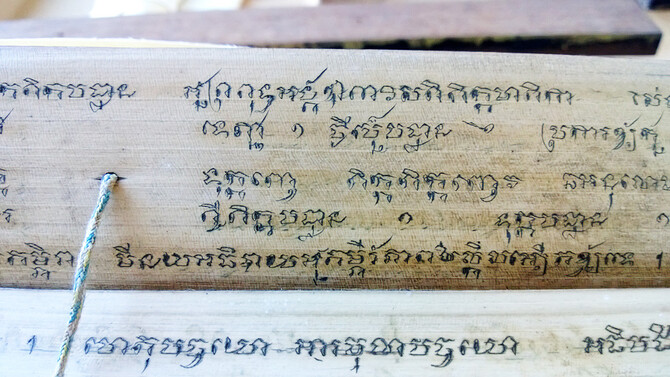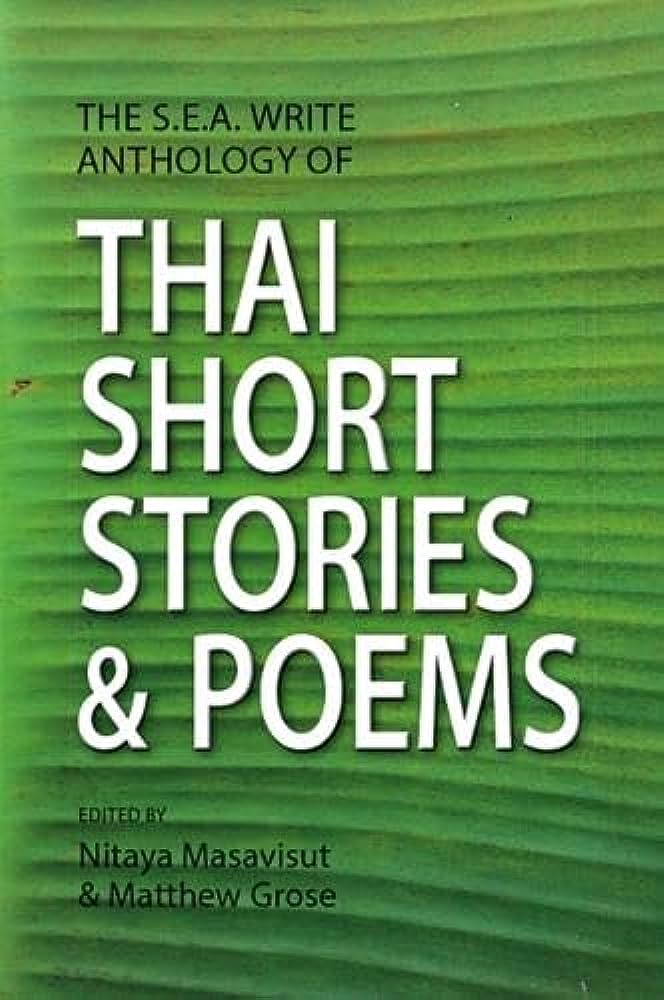Immerse yourself in the rich tapestry of Thai literature and culture with “A Glimpse into Thai Literature and Culture”. This captivating compilation of books offers a window into the vibrant traditions, fascinating history, and enchanting stories that have shaped Thailand’s unique identity. Explore the diverse range of narratives, from ancient folktales to modern novels, and uncover the hidden gems that make Thai literature so captivating. Discover the heart and soul of Thailand through the pages of these remarkable books, each one carefully curated to unveil the wonders of this mesmerizing country. Whether you’re a bookworm or a curious traveler, “A Glimpse into Thai Literature and Culture” is your passport to a world of captivating tales and profound insights.

Thai Literature
Thailand has a rich and vibrant literary tradition that dates back centuries. Thai literature encompasses a wide range of genres, themes, and styles, offering a glimpse into the country’s history, culture, and values. From traditional works of poetry and folklore to contemporary novels and short stories, Thai literature captures the essence of the Thai people and their way of life.
Traditional Thai Literature
Traditional Thai literature is deeply rooted in the country’s history and cultural heritage. One of the most significant forms of traditional literature is the Thai classical poetry known as “Luk Nimit,” which dates back to the Sukhothai period in the 13th century. This form of poetry often explores themes of love, nature, and the human experience.
Another important aspect of traditional Thai literature is “Nithan,” which are moral stories that serve as guides for ethical living. These stories, often featuring animals as characters, impart valuable life lessons and teach important virtues such as honesty, perseverance, and compassion.
Contemporary Thai Literature
In recent years, contemporary Thai literature has gained increasing recognition both within Thailand and internationally. Modern Thai writers explore a wide range of themes and styles, reflecting the complex issues and realities of contemporary Thai society. There is a growing interest in exploring topics such as urbanization, globalization, social inequality, and political unrest.
Contemporary Thai authors often incorporate elements of magical realism, combining fantastical elements with grounded realities to create thought-provoking narratives. These stories offer an insight into the aspirations, challenges, and dreams of the Thai people in the modern age.
Influential Thai Writers
Thai literature has produced many influential writers who have made significant contributions to the literary world. One such writer is Pramoedya Ananta Toer, an Indonesian author of Thai descent. His works, such as “Buru Quartet,” explore themes of colonialism, political oppression, and the quest for freedom.
Another notable figure is Khamsing Srinawk, a Thai author known for his short stories that depict the lives of ordinary people and their struggles. His stories often delve into issues of poverty, social injustice, and the human condition.
Other influential Thai writers include Chart Korbjitti, who addresses the complexities of Thai society, and Duanwad Pimwana, whose works provide a fresh perspective on contemporary Thai life through her engaging storytelling style.
Representation of Thai Culture in Literature
Thai literature serves as a window into the rich tapestry of Thai culture. Through their writings, Thai authors portray the values, traditions, and beliefs that are deeply ingrained in Thai society. Themes of Buddhism, folklore, and respect for elders often find their way into the narratives, reflecting the importance of these aspects in Thai cultural identity.
Moreover, Thai literature allows readers to gain a deeper understanding of the nuances and intricacies of Thai customs and traditions. From traditional ceremonies and festivals to everyday interactions, Thai literature provides a glimpse into the cultural fabric of Thailand.

Thai Folklore
Thai folklore is a treasure trove of mythical creatures, ancient tales, and legends that have been passed down through generations. These folktales play a significant role in shaping Thai culture, providing moral lessons and imparting wisdom to those who listen.
Mythological Creatures
Thai folklore is replete with a wide array of mythical creatures that both fascinate and intrigue. One such creature is the “Naga,” a serpent-like dragon often depicted as a guardian of important sites such as temples and palaces. The Naga is believed to possess extraordinary power and is highly revered in Thai mythology.
Another popular creature is the “Kinnaree,” a half-human, half-bird being known for its graceful and enchanting appearance. The Kinnaree is often depicted in traditional Thai art and literature, symbolizing beauty, elegance, and purity.
Tales and Legends
Thai folklore is filled with captivating tales and legends that have been handed down through generations. These stories depict the triumph of good over evil, emphasize the consequences of one’s actions, and highlight the importance of moral virtue.
One well-known tale is the story of “Phra Aphai Mani,” an epic poem written by Sunthorn Phu, one of Thailand’s most celebrated poets. This tale follows the journey of Prince Aphai Mani as he battles supernatural beings, falls in love, and ultimately realizes his true destiny.
Importance of Folklore in Thai Culture
Folklore holds a special place in Thai culture, serving as a means of passing down traditions and preserving the collective memory of the Thai people. These stories play a vital role in teaching moral values, instilling pride in one’s heritage, and cultivating a sense of unity and belonging.
Moreover, Thai folklore is often interwoven with religious and spiritual beliefs, further connecting the Thai people to their cultural roots. Whether told around a campfire or performed through traditional art forms, these tales continue to captivate and inspire, keeping the spirit of Thai folklore alive.

Religion and Spirituality in Thai Literature
Religion and spirituality play a significant role in Thai literature, reflecting the deeply ingrained beliefs and practices of the Thai people. Buddhism, as the predominant religion in Thailand, is a recurring theme in many literary works. However, the influence of Hinduism and local folk beliefs also finds its place in Thai literary traditions.
Buddhism in Thai Literature
For centuries, Buddhism has provided the foundation for Thai literature. The teachings of the Buddha, such as the Four Noble Truths and the Eightfold Path, serve as guiding principles, shaping the moral compass of Thai characters and their narratives.
Buddhist philosophy, with its emphasis on compassion, mindfulness, and the impermanence of life, is often explored in Thai literature to offer insights into the human experience. Authors draw on Buddhist concepts, weaving them into their stories to explore themes of suffering, enlightenment, and the search for inner peace.
Influence of Hinduism
Hinduism, with its rich pantheon of gods and goddesses, has also left its mark on Thai literature. Many Thai literary works incorporate Hindu myths and legends, blurring the lines between Buddhism and Hinduism.

